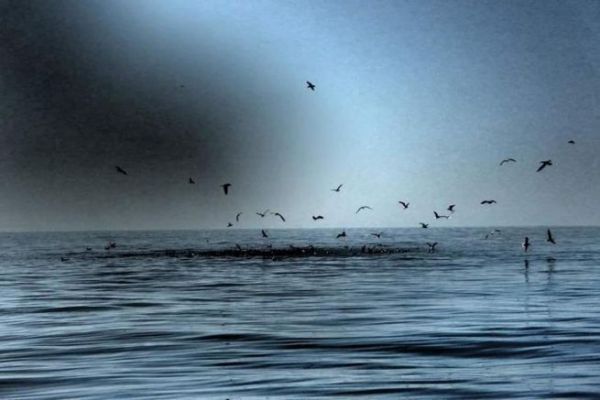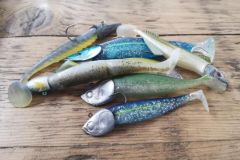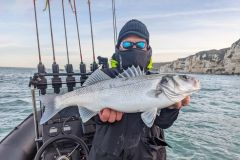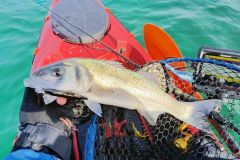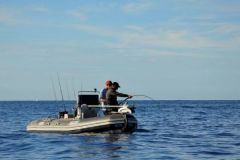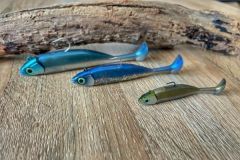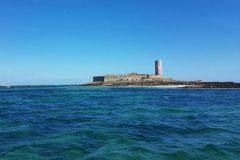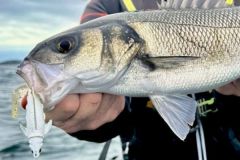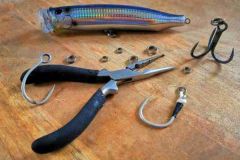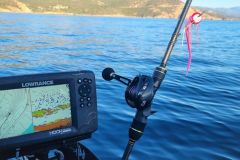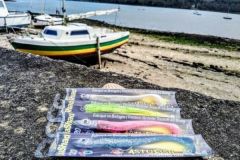All anglers, if they don't already do so, regularly scan the horizon for clues to the location of feeding fish. Although not always accessible from the shore, itinerant anglers should pay close attention, as they may be accessible or at least be an excellent clue to the current fishing zone.
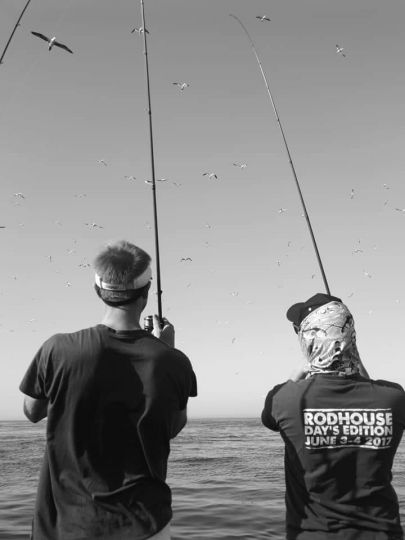
The flush mechanism
A hunt always starts around a school of forage fish (sprats, sardines, anchovies, etc.). A school of predators (mackerel are often the first to the table, as they are fast) will then multiply their attacks within the school to break it up and disorientate their targets. To capture them more easily, they will push them towards the surface, forming an imaginary wall. At the same time, the prey themselves will flee to the surface and jump to avoid being eaten. This is how the birds become active, producing a characteristic hunt with a large group of birds diving in turn.
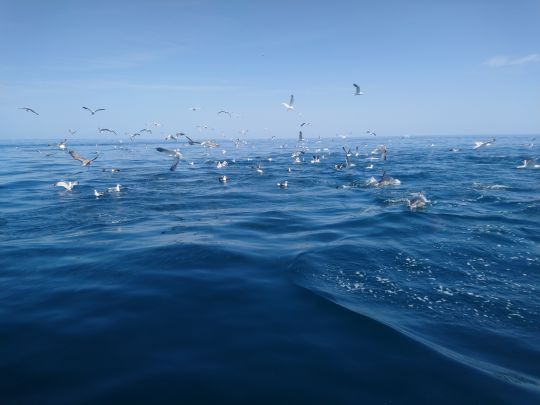
Specific or multi-species
Hunts can sometimes be grouped around a specific predator species, be it mackerel, sea bass or pollack, in which case you need to identify the species present to avoid wasting your time. Only sometimes do several species mix together and take advantage of the food manna. It's even possible that a larger food chain may be set up, with some predators being both hunter and prey...
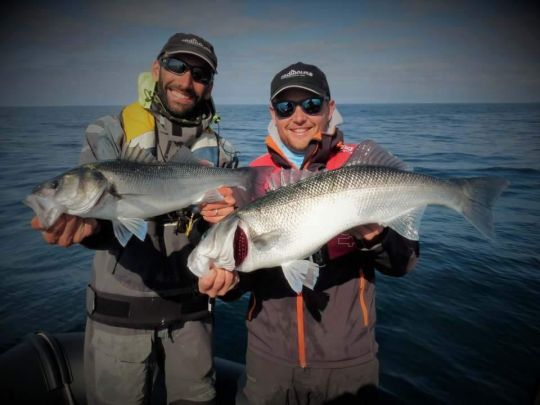
Often similar in size
Schools of fish are generally made up of individuals of similar size, whatever the species. So when you come across a school of bass on a hunt, the vast majority of your catch will be of the same size. However, larger, lazier (or cleverer) fish will sometimes be on the bangs, picking up stunned or dead prey as it slowly sinks to the bottom. You'll have to look for them in a different way if you hope to catch them and increase the size of your catch. You may also come across other, larger species while fishing this way!
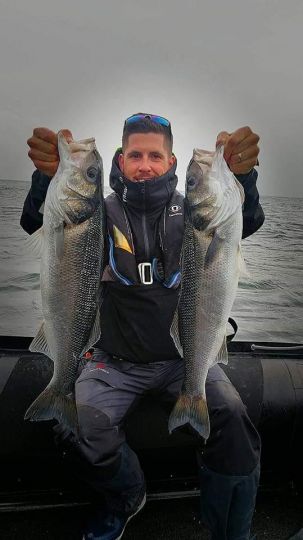
Clues to look out for
To spot a hunt, you need to be alert to what's going on in the air or on the surface of the water. The best indicator, because it's visible, is birds. Terns, gulls and gannets are the birds you'll meet on the water that will help you find a school of predators in full activity.
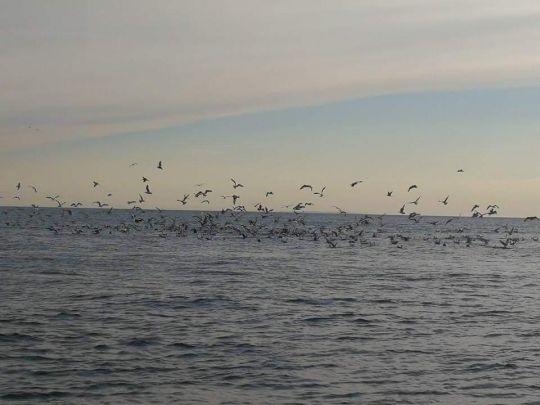
- Birds swooping and diving are obviously the perfect clue not to be missed, especially if they're in very large numbers.
- But birds all turning or heading for the same area can be a sign that a hunt is underway or about to start.
- Finally, simple birds on the ground can be a sign that the hunt is over. However, predators are still in the area, and it's possible to get some great fishing.
- Finally, in deep water, you can sometimes spot a sounder hunting. This is a school of forage fish often crossed by much larger bows in open water. The hunt is not identifiable at the surface but takes place just below your boat.
